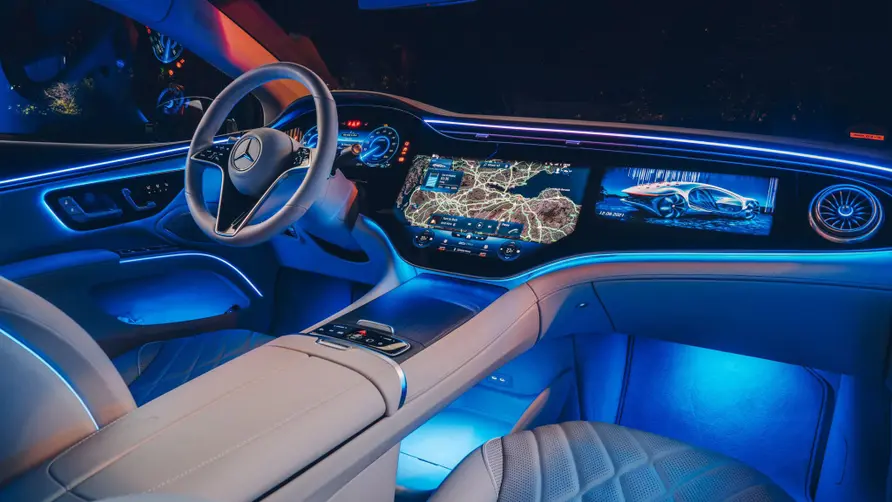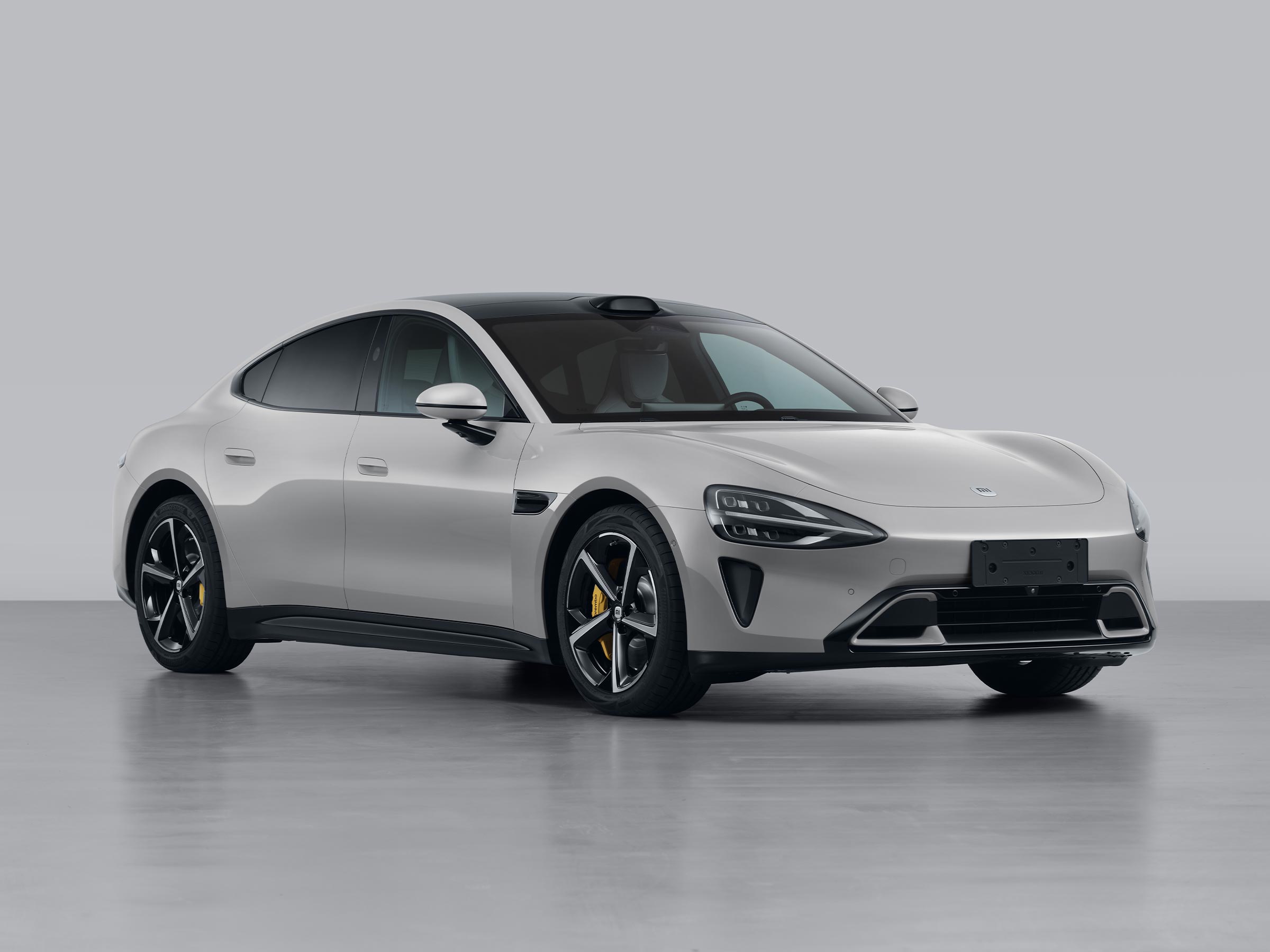The Mercedes-Benz EQS is a brand-new electric car from Mercedes. It’s different from previous electric cars from Mercedes because it’s not based on an existing car. Instead, it’s been made from scratch. This car is big, like the Mercedes S-Class. It’s got a huge battery that can last for a long time. You can drive it for up to 484 miles before needing to recharge and That’s a lot.

The EQS comes in different versions. Some have rear-wheel drive, while others have all-wheel drive. There’s even a super-fast one with more than 700 horsepower! It’s like a race car. One cool thing about the EQS is that it can steer its back wheels. This helps it turn better, like a small car. Plus, it’s really comfy to ride in. It’s like sitting in a cozy living room.
The design of the EQS is super sleek. It’s very aerodynamic, which means it can move through the air easily. And get this: the doors can open and close all by themselves. How cool is that? Inside, the EQS feels like a fancy hotel. It’s got leather seats and wooden trim. And if you get the fancy version, you’ll have a huge screen that controls everything. It’s like something from the future.

Charging the EQS is easy. You can plug it in at a special charging station and it will fill up in no time. But be careful: if you drive too fast, you might run out of battery quicker. The EQS is a fantastic car. It’s luxurious, fast, and eco-friendly. Plus, it’s made by Mercedes-Benz, so you know it’s top-notch. If you’re in the market for a new electric car, you should definitely check out the EQS.


